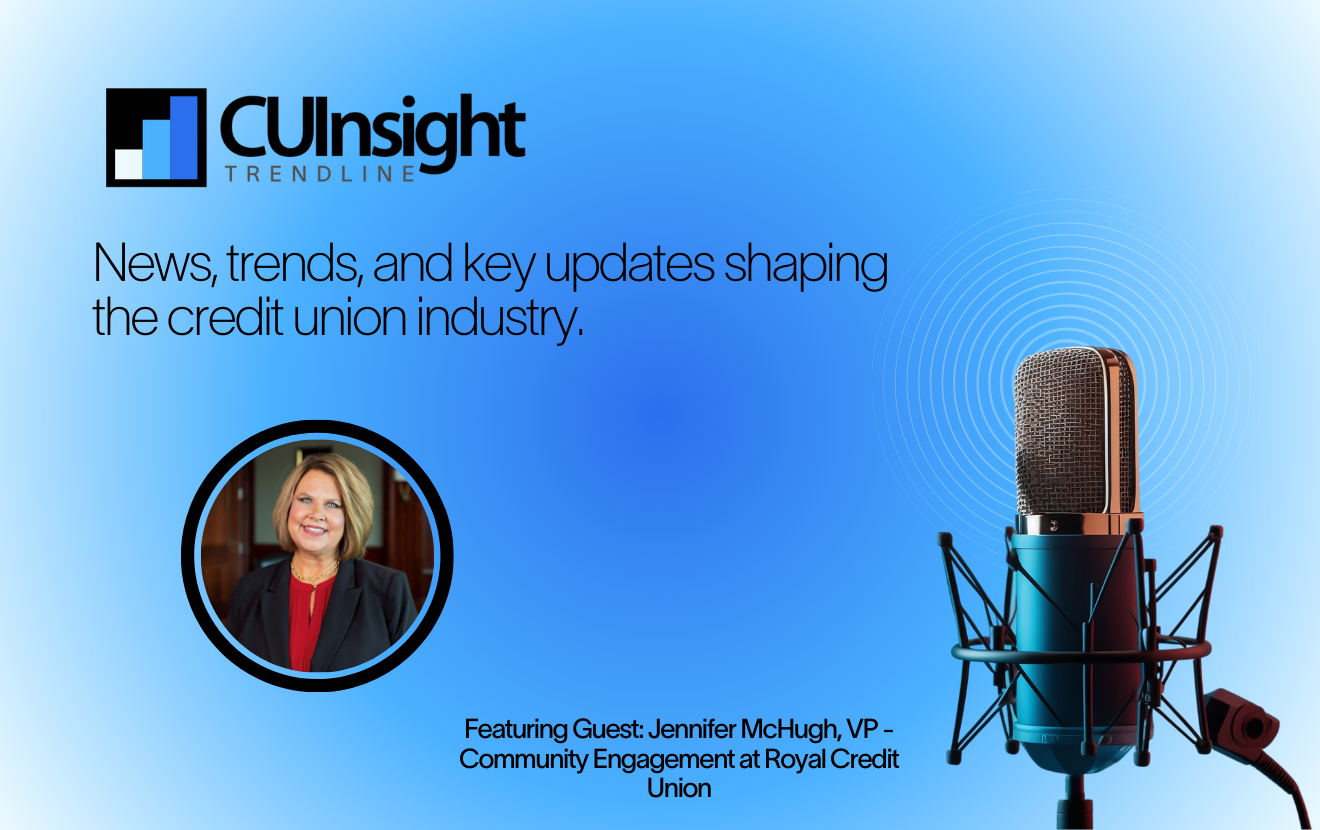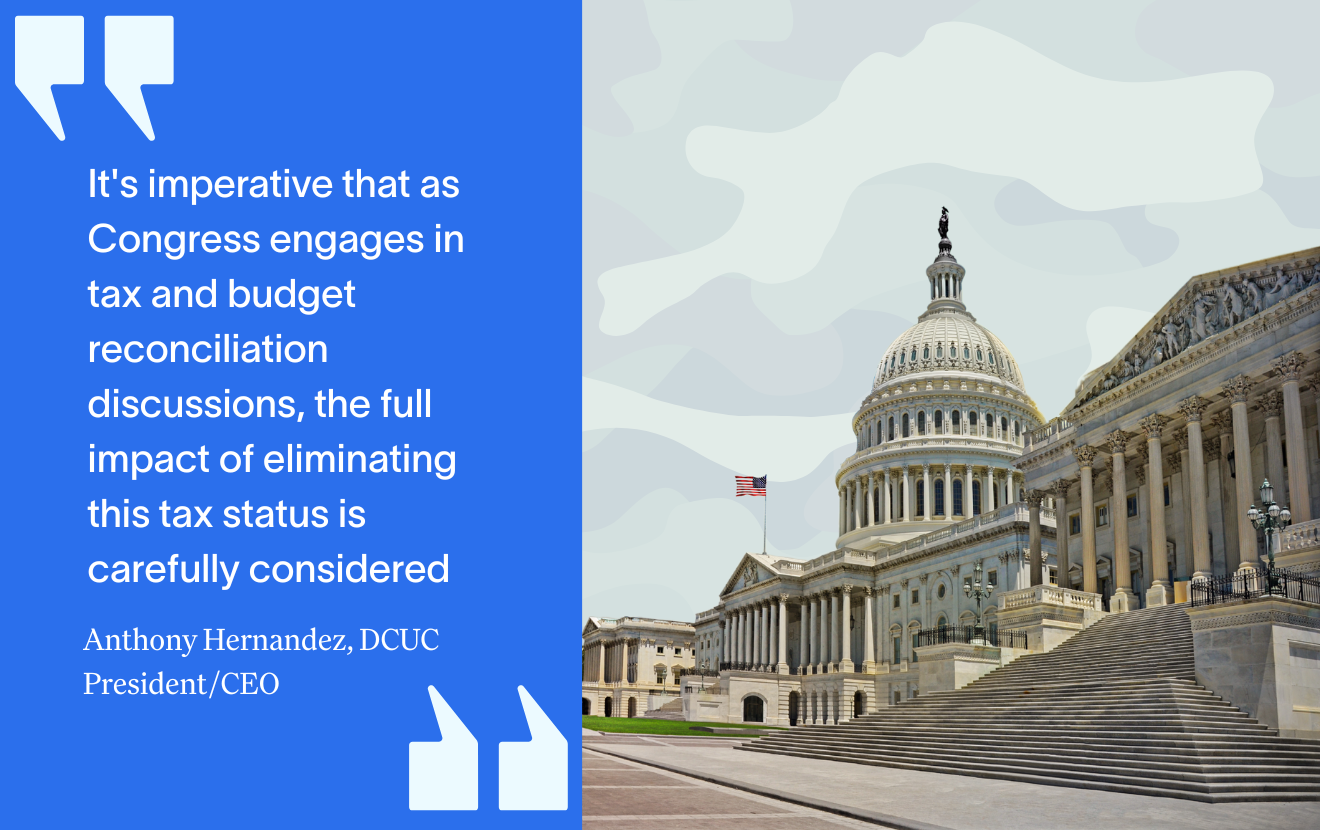Roughly half of community financial institutions’ checking account customers are likely to be credit card “revolvers.” These consumers carry balances on one or more credit cards for substantial portions of the year and account for most of card interest and fees (a projected $116 billion on bank cards and store cards combined in 2020).
Most likely, the cards on which they owe aren’t issued by your institution. Like it or not, credit card issuing is a scale game built on processing efficiency, massive online marketing investment, rewards partnerships with national brands, and constant attention to managing credit lines. As a result, a handful of national issuers hold the lion’s share of card debt. Their hold on your customers represents a lost opportunity; but not in ways you might think.
Prolongedcard debt impairs financial health
Credit card debt is expensive. Interest and fees on revolved card balances run twice or more than those a given borrower would pay per-dollar owed on auto loans, government student loans, or HELOCS. Revolved credit card debt represented 18 percent of non-mortgage debt at the start of 2021, but accounted for 38 percent of interest and fees.
Bank credit cards and store cards do provide flexible credit for consumption and emergencies; for many families they serve as a sort of “plastic safety net.” But card debt can be easy to accumulate and hard to pay off. Some consumers rack up balances in times of emergency or lost income and then find they lack sufficient cash flow to pay down the debt easily. Others accumulate balances through distraction and low minimum payments, which make it easy to ignore mounting balances from new spending. Large numbers of heavy revolversroutinely make only the minimum paymenton their outstanding balances—despite the capacity to pay down their debts more quickly.
Finally, card debt can have self-perpetuating consequences. Borrowers’ high credit line utilization depresses their credit scores, making it harder to qualify for less expensive forms of credit.
All told, national card issuers’ hold on your customers’ balance sheets saps borrowing capacity and savings from their relationships with you.
Howcredit unions can help … and profit
Credit unions' small credit card market share positions them well to help their members deal with revolving debt’s potential traps. Helping can mean providing financial coaching. It can also mean offering digital tools to better manage their card accounts. And for the right customers, it can mean making debt consolidation loans.
The best digital tools enable users to take simple actions to avoid adding to their outstanding balances, help them commit to paying down debt, and provide motivation along the way. And they can generate recurring revenue. Financial health-oriented fintechs likeDigit,Qapital, andMvelopesoffer such tools, for which users pay small monthly subscription fees.Trim, another fintech, is providing tools specifically to control spending that, left unmanaged, can contribute to credit card debt.Undebt.it+helps consumers plan to pay down their credit card and other debts. AndNickelshas developed a white-labeled “Credit Card Coach” that institutions can offer their customers and that identifies consolidation lending opportunities.
Debt consolidation loans accounted for a large portion of the $25B+ in loans made by marketplace lenders like Lending Club, Prosper, and Upstart in 2019. Credit unions already offer similar personal loans but need the right CRM tools to identify card borrowers among their existing customers who can use such loans successfully.
The savings that come with installment loans can be considerable. A consumer starting with a $6,000 outstanding credit card balance costing 18% per year and just paying the monthly minimum payment over four years (and with no new card purchases) would still be left with $3,700 in debt after paying over $3,400 in interest. Had they taken a 4-year installment loan at 9.5% and made the 48 fixed monthly payments of $150 (the same as the starting monthly minimum payment on the card), they would be debt-free at the end of the term while also saving $2,210 in interest.
Theunderwriting and trust advantage
Credit unions are justifiably wary when consumers apply for loans to pay off other debt. As one Chief Lending Officer asked, “How can I distinguish the person who’s serious about paying off their credit cards from the one who’s just going to go out and rack up new balances?” Another reason for skepticism:Fed economists foundthat borrowers from marketplace lenders end up, on average, with levels of card debt one year after they take out their loans that are similar to where they started.
Fortunately, credit unions have an information advantage over marketplace lenders. Earning and spending behavior evident in customers’ checking account transaction history provide clues about whether or not they will use loans to reduce their debt. And institutions that provide digital coaching tools to aid in debt reduction will have further insights into customers’ credit card use. These behavioral signals can be incorporated into prospecting and underwriting models that let credit unions offer consolidation loans proactively. Once customers start looking for loans on BankRate or Credit Karma, it’s too late.







